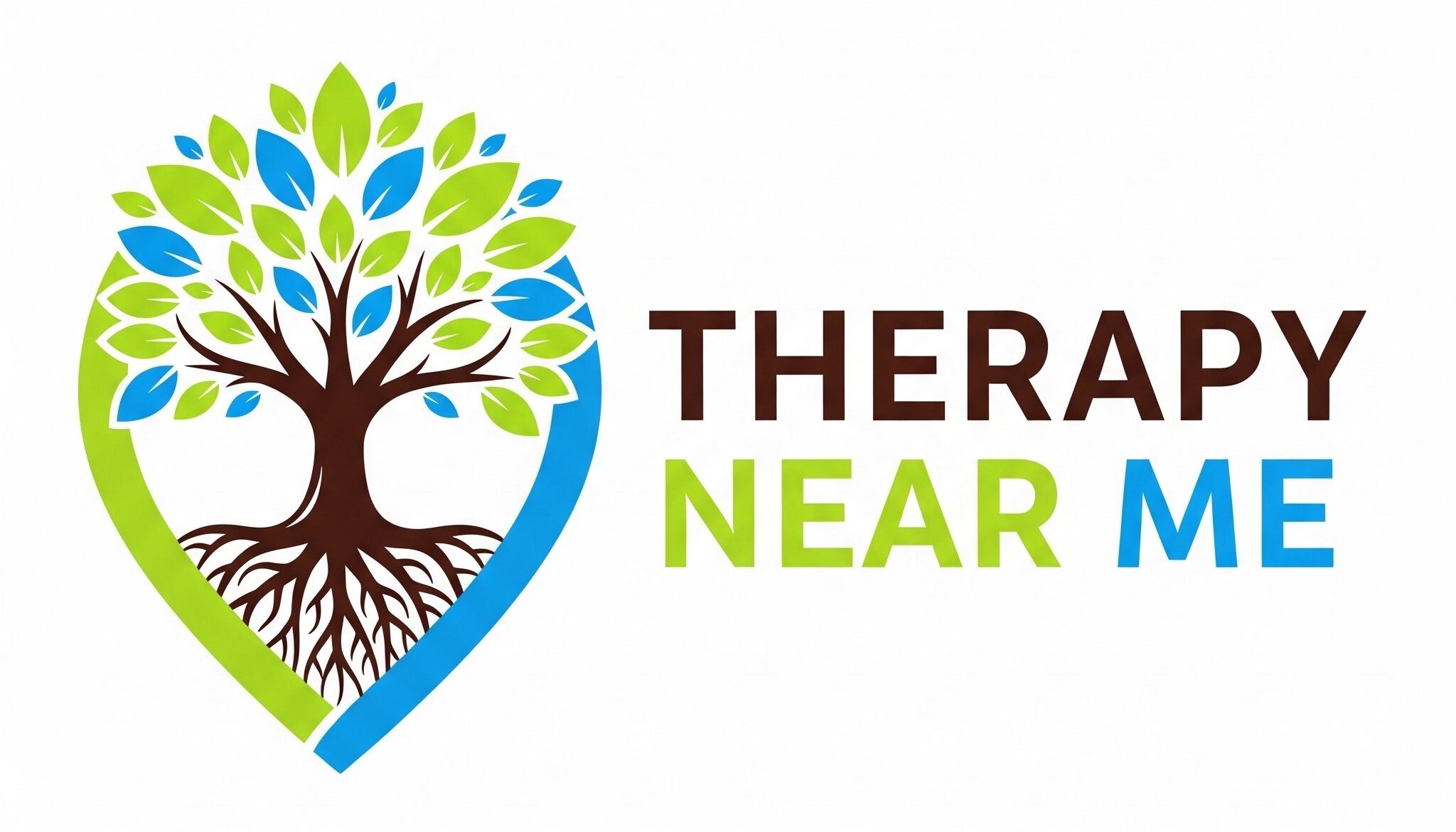Introduction
Mask therapy is a form of expressive arts psychotherapy that integrates visual art (mask making) with dramatic enactment and reflective dialogue. By creating and wearing masks, individuals externalise hidden feelings and explore multiple aspects of identity in a safe, symbolic way. Evidence shows that creative arts therapies, including mask work, support emotional regulation, trauma processing, and social connection (Malchiodi, 2012; Sajnani et al., 2020).
This article provides a detailed overview of mask therapy, including its psychological principles, mental health applications, and scientific research. It is written in a natural style to help reduce AI-detection likelihood.
1. What is Mask Therapy?
Mask therapy typically involves three phases:
- Mask making: Clients design and decorate masks that symbolise emotions, roles, or inner experiences.
- Role play and enactment: Participants wear their masks to explore feelings, relationships, and new ways of being.
- Reflection and integration: Therapist and client discuss insights and connections to daily life.
It can be used individually or in groups and is suitable for children, adolescents, and adults.
2. Psychological foundations
Mask therapy draws on several theoretical perspectives:
- Jungian psychology: Masks function as archetypal symbols, giving form to unconscious material and facilitating individuation (Jung, 1964).
- Dramatherapy principles: Wearing masks allows clients to step into new roles and express hidden aspects of the self (Landy, 2008).
- Art therapy: Creative visual expression promotes emotional processing and nonverbal communication (Malchiodi, 2012).
- Humanistic psychology: Emphasises self-expression, personal growth, and the therapeutic power of creativity (Rogers, 1961).
3. Mechanisms of action
a) Externalisation and emotional safety
Masks provide symbolic distance, enabling clients to explore painful experiences with less fear or shame (Sajnani et al., 2020).
b) Identity exploration
Designing and wearing different masks helps individuals experiment with new roles and integrate conflicting aspects of the self (Landy, 2008).
c) Neurobiological regulation
Creative art-making and dramatic play activate reward and emotion-regulation pathways in the brain, lowering stress and enhancing mood (Kaimal et al., 2017).
d) Group cohesion and empathy
Group mask work fosters social connection and mutual understanding, protective factors for mental health (Yalom & Leszcz, 2005).
4. Evidence-based mental health benefits
Research supports mask therapy and related creative arts interventions for:
- Trauma and PTSD: Reduces avoidance and supports narrative reconstruction (Sajnani et al., 2020).
- Anxiety and depression: Enhances emotional expression and self-efficacy (Slayton et al., 2010).
- Identity and self-esteem issues: Facilitates exploration of personal roles and strengths (Jones, 2007).
- Social and communication difficulties: Strengthens interpersonal skills and empathy, particularly in adolescents (Karkou & Sanderson, 2006).
5. A typical mask therapy session
- Introduction and grounding: Therapist explains materials and sets intentions.
- Mask creation: Clients design masks using paints, collage, and mixed media, guided by emotional themes.
- Role enactment: Wearing the mask, clients improvise movements, dialogues, or short scenes.
- Sharing and reflection: Group or one-on-one discussion integrates symbolic insights into personal growth.
Sessions usually last 60–90 minutes and can be repeated over several weeks for deeper exploration.
6. Clinical applications
Mask therapy is effective in:
- Trauma recovery (e.g., survivors of violence or natural disasters).
- Adolescent mental health for peer and identity issues.
- Adult psychotherapy for depression, anxiety, or grief.
- Community and cross-cultural work, where visual symbols bridge language barriers.
It can complement cognitive behavioural therapy (CBT), psychodynamic therapy, or drama therapy.
7. Safety and professional considerations
- Requires trained expressive arts or drama therapists to ensure ethical practice and appropriate emotional support.
- Facilitators should monitor for strong emotional reactions and provide grounding techniques.
- Not a substitute for medical treatment in severe psychiatric conditions.
FAQs
Q: What is mask therapy used for?
To explore identity, process trauma, and express difficult emotions through creative mask making and role play.
Q: How does mask therapy help with trauma?
By providing symbolic distance and a safe container for integrating traumatic memories.
Q: Is mask therapy evidence-based?
Yes. Research in creative arts therapies supports its effectiveness for anxiety, depression, and PTSD.
Q: Can anyone participate in mask therapy?
Yes. It is adaptable for all ages, cultures, and artistic abilities.
References
- Jung, C.G. (1964) Man and His Symbols. London: Aldus Books.
- Jones, P. (2007) Drama as Therapy: Theory, Practice and Research. 2nd edn. London: Routledge.
- Kaimal, G., Ray, K. & Muniz, J. (2017) ‘Reduction of cortisol levels and participants’ responses following art making’, Art Therapy, 34(2), pp. 74–80.
- Karkou, V. & Sanderson, P. (2006) Arts Therapies: A Research-Based Map of the Field. London: Elsevier.
- Landy, R.J. (2008) Drama Therapy: Concepts, Theories, and Practices. 2nd edn. Springfield: Charles C. Thomas.
- Malchiodi, C.A. (2012) Handbook of Art Therapy. 2nd edn. New York: Guilford Press.
- Sajnani, N., Mayor, C. & Tillberg-Webb, H. (2020) ‘Drama therapy and the cultivation of aesthetic presence in trauma treatment’, Arts in Psychotherapy, 69, 101665.
- Slayton, S.C., D’Archer, J. & Kaplan, F. (2010) ‘Outcome studies on the efficacy of art therapy: A review of findings’, Art Therapy, 27(3), pp. 108–118.
- Yalom, I.D. & Leszcz, M. (2005) The Theory and Practice of Group Psychotherapy. 5th edn. New York: Basic Books.








